What utensils can be used in the microwave?

Today, you can see a microwave oven in almost every kitchen. This household appliance has become an indispensable assistant, allowing not only to warm up ready-made food, but also to prepare a complete dish.

When using a microwave oven, it is imperative to take into account all the precautions and use only "correct" dishes. Incorrectly selected products can contribute to long-term cooking, but most importantly, they can harm human health.
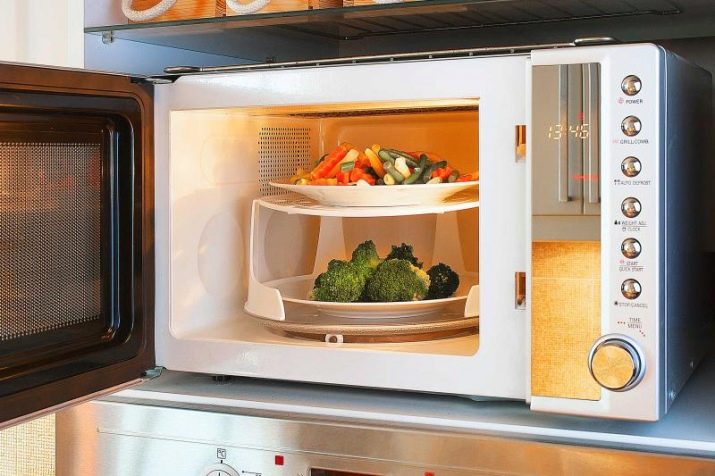
In this article, we'll talk about which dishes can be used in the microwave and which are strictly prohibited.
What materials are suitable?
The modern market for microwave ovenware is overflowing with a variety of assortments. Containers come in a wide variety of shapes, sizes and designs. But when choosing equipment for use in a microwave oven, first of all, you need to take into account the material from which it is prepared.
The material of such a container should be:
- high quality;
- heat resistant;
- safe for health, do not emit harmful substances when heated.
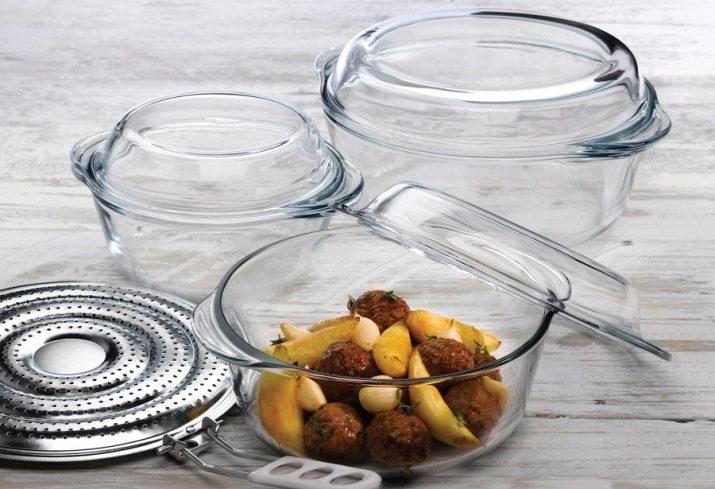
As for thermal stability, it must be borne in mind that dishes in the microwave are heated using electromagnetic radiation. It acts on the dipole molecules of the products so that they move very quickly. Thus, friction is created and, as a result, heating. The temperature of food can reach 100 degrees, and the containers in which it is located - up to 300.

That is why the latter must be able to withstand high temperatures.
There are several types of utensils you can use to cook and heat food in the microwave.
Ceramic
For its manufacture, a building material such as clay is used. Clay is inherently fire resistant, which makes it possible to use it in a microwave oven. It is also common for such products to heat up very quickly, therefore be sure to use an oven mitt when taking them out. It is very important that there are no drawings, patterns on the ceramic dishes, and there are no metal particles in its composition.
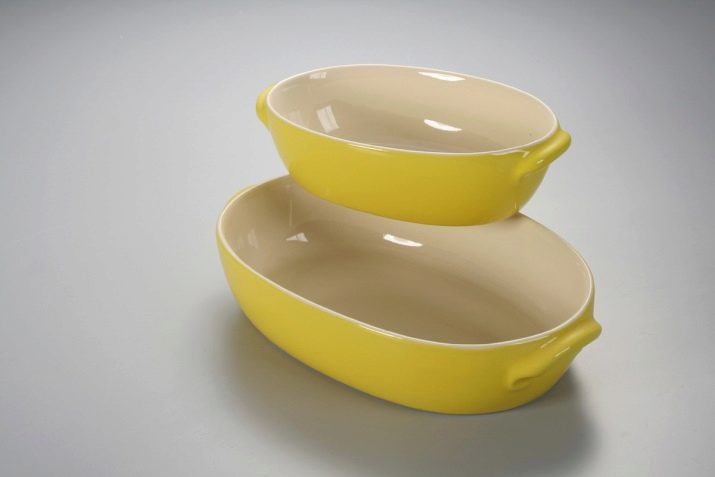
Porcelain
Porcelain containers are also made of clay, only the production technology is different. When using porcelain containers, make sure that there are no patterns, chips or cracks on them, otherwise, their use in the oven is strictly prohibited. And keep in mind - you don't need a cover.

Plastic
Such utensils are often used for cooking and heating in the microwave. They are popular with consumers. In addition to warming up, you can simply store food in it.

Plastic, which is used for the production of utensils for microwave ovens, has a high coefficient of thermal stability.
Glass
A glass container is ideal for a microwave oven. The big advantage of this type of kitchen utensil is that when the food is heated, the container remains cold. Of course, for the manufacture of such dishes, the manufacturer can use a variety of glass, but ideally it should be heat-resistant. Heat-resistant glass has a number of advantages:
- transparent walls through which you can observe the cooking process;
- aesthetic appearance - cooked food can not be shifted, but served in a glass container;
- glass containers are easy to care for;
- glass is not impregnated with food odors;
- heat-resistant glass containers are universal: you can cook, heat, and defrost food in it.
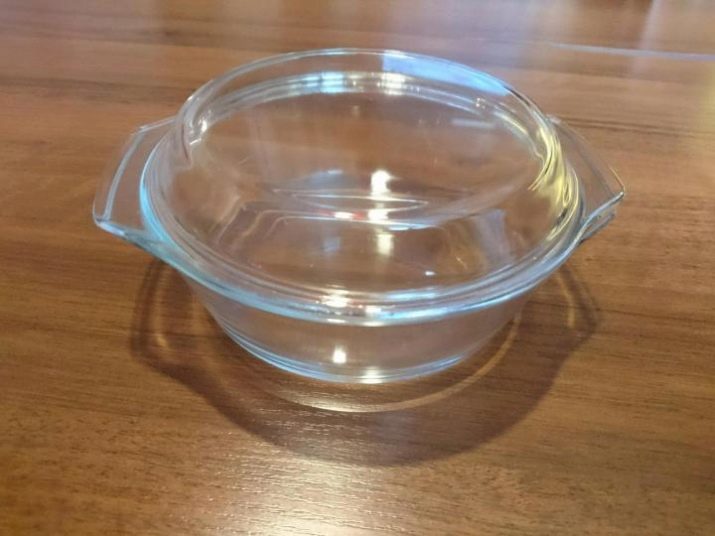
There are a variety of microwave-safe glass dishes available on the market. Oval and round containers are in the greatest demand.
Paper
It can be used for microwave ovens and paper models, for the manufacture of which cotton and linen are used in production. Most often they are used for heating bread products.
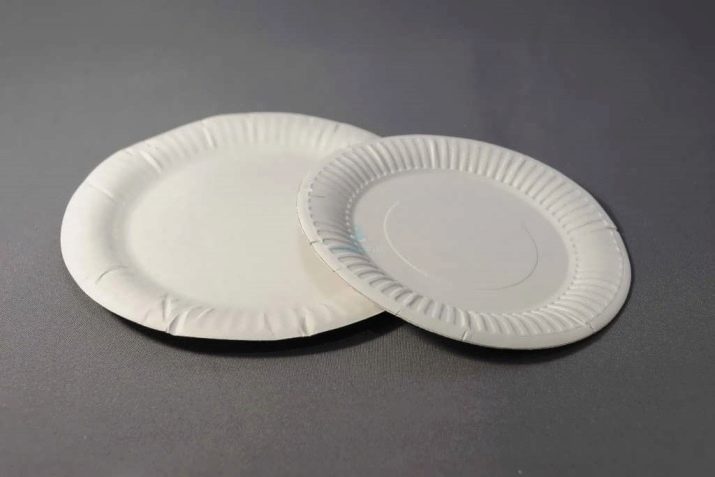
Foam
Styrofoam dishes are not as popular as the above containers. This is due to the fact that it is disposable. It is recommended to use it exclusively at low temperatures, since at high temperature conditions the mold begins to melt.

Silicone
You won't surprise anyone with silicone molds, every housewife has them in the kitchen. In most cases, silicone baking dishes are used, but they are also suitable for microwave ovens.

Such forms are resistant to temperature extremes and their high rates.
Enameled
As for the enameled utensils, it belongs to the controversial microwave container. After all, metal is covered with enamel, with which the microwave oven is incompatible.
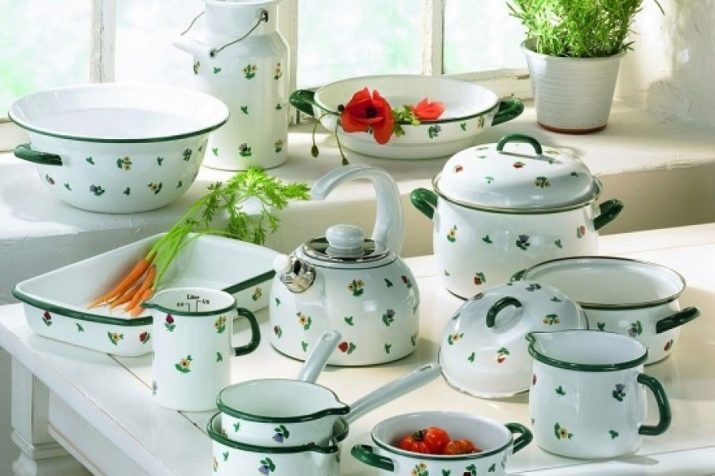
Features of marking
Given the popularity and demand for such a household appliance as a microwave oven, many of the cookware manufacturers began to use special markings in their production, which indicate the permissibility of using their products in a microwave oven. Before using the utensil, pay attention to its labeling. In order to see it, it is enough to look at the bottom of the dish. There must necessarily be applied sign in the form of waves.
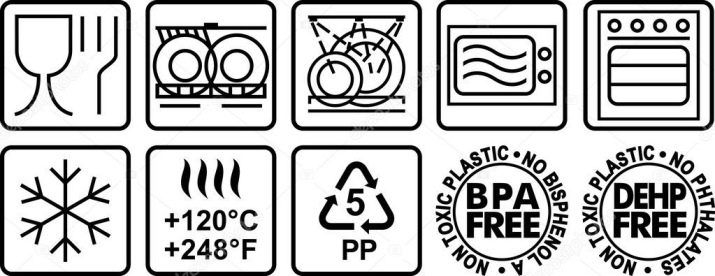
If it is there, but crossed out, it means that the dishes are strictly prohibited to use in the microwave oven.
Here is a decoding of the icons that can be seen on the dishes:
- PP - polypropylene, suitable for microwave oven;
- PS - polystyrene, the use of dishes made of such material is not recommended for microwave ovens;
- microwave or not microwave - "allowed" and "prohibited";
- the inscription "thermoplastic" and "duroplast" - such a container is suitable for use in a microwave oven.

In order not to get into an unpleasant situation, and not to endanger your health, be sure to pay attention to the designations.
Manufacturers overview
The assortment and selection of tableware today is quite wide and varied. There are many companies that specialize in the production and sale of microwave ovenware. Among all the companies, I would like to single out those whose products have established themselves as the highest quality and most reliable.
- Luminarc - these are containers made of super strong and fireproof glass. The company produces all kinds of dishes, including plates.
- Simax uses heat-resistant Czech glass.
- Wolomin Is a Polish company. It is engaged in the production of dishes for microwave ovens.
- Tognana Is an Italian company whose products are considered one of the strongest and most durable.

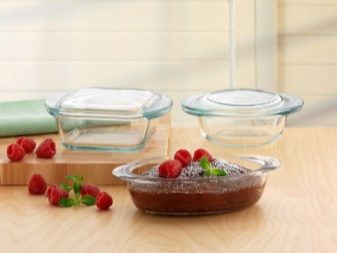
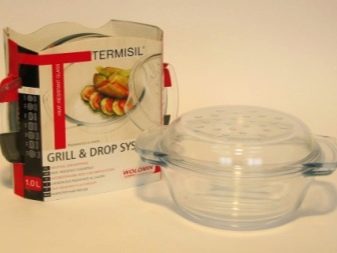
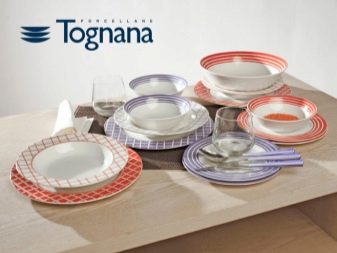
Products from almost each of the above manufacturers can be found on sale in household goods stores. If it is not possible to visit a company store, you can always use the Internet resources and find exactly what you need.
Unsuitable cookware
Earlier we looked at utensils that are suitable for use in a microwave oven. But it remains to find out what kind of capacity cannot be used in microwave oven. This is very important, as improperly selected cookware can damage the household appliance and cause a fire and serious fire.
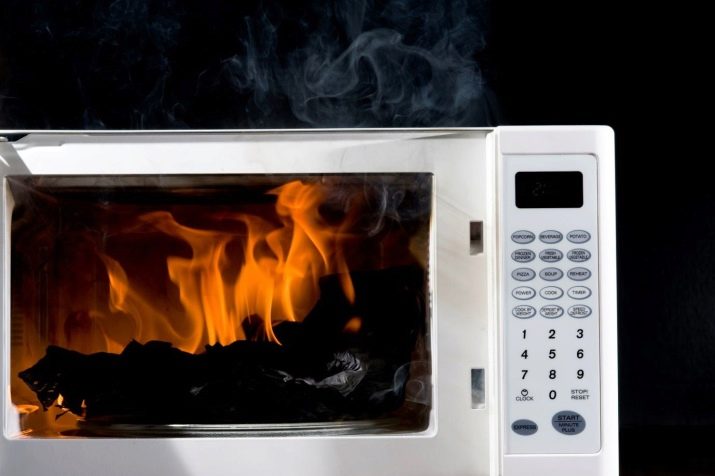
Certain types of dishes are strictly prohibited and cannot be used in the microwave.
- Metal... Do not place iron objects in the microwave as metal reflects microwaves. This can lead to sparks and electrical discharges, which can lead to open flames.
- Aluminum... Like iron objects, aluminum cookware is unsafe, as it can also cause a fire in a matter of minutes.
- Crystal... This material is very beautiful, but it contains lead, silver and other metals that can adversely affect the operation of a household appliance.
- With a picture, pattern. Previously, it was popular to apply various metal patterns or spraying to dishes. Probably, many still have such products at home, but you cannot put them in the microwave and expose them to high temperatures. Taking risks, of course, is not prohibited, but the consequences can be dire. In the best case, you will end up with a spoiled product or a cracked plate; in the worst case, you will simply break the device.
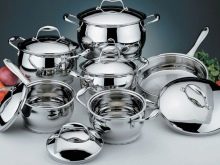
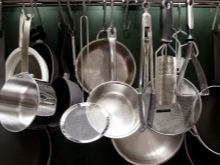
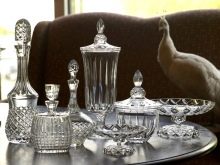
Remember: it is unsafe to use foil molds in the oven, the foil itself, disposable utensils, for the manufacture of which the cheapest and low-quality plastic is used in production. Thin glass is also dangerous, which, most likely, will not withstand exposure to microwaves. Also, do not put raw ceramics in the oven.
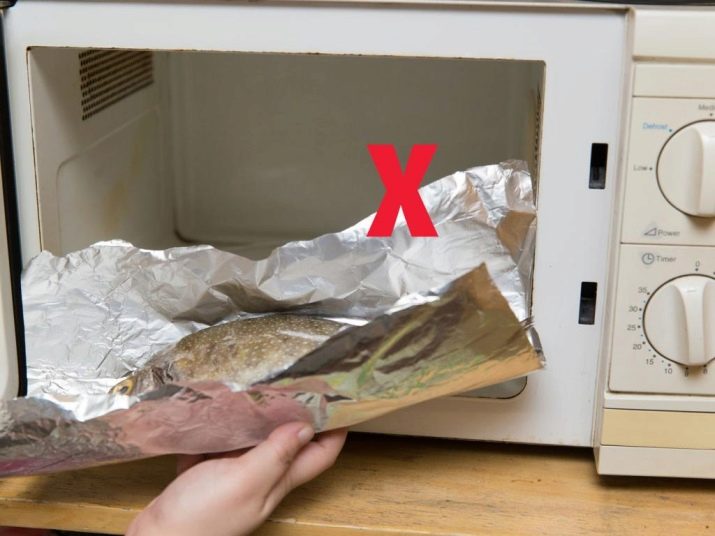
When buying dishes for further use in a microwave oven, do not try to save money, it is best to give preference to a high-quality and reliable manufacturer, even if its products are more expensive.
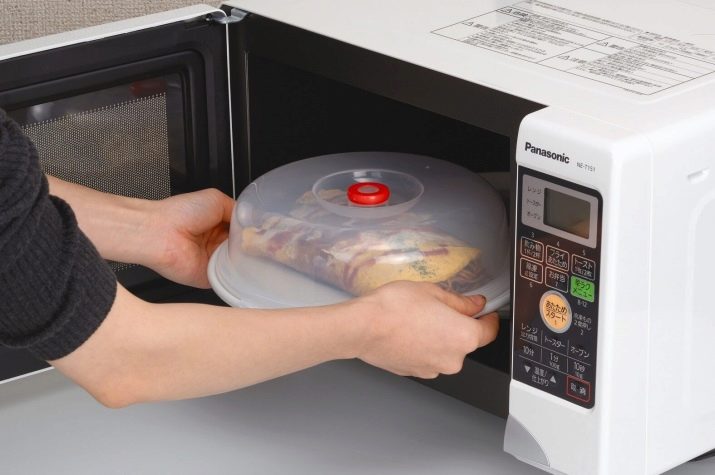
For information on which utensils cannot be used in the microwave, see below.








